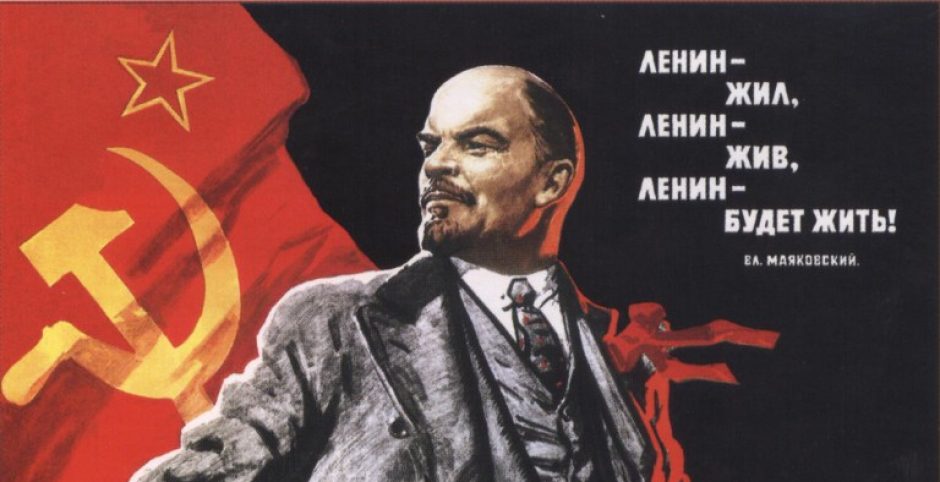In “The Proletariat and Leftist Art,” B. Arvatov describes a vision of revolutionary art that is practical, industrial, and grounded in everyday life. Meanwhile, he criticizes bourgeois art as bearing little relationship to real life, being ridden with fetishism, and remaining stagnant and irrelevant in the face of revolutionary times. Aratov prioritizes the way the art comes into existence more than its content, and affirms that only the proletariat is capable of pushing the frontier of industrial art forms:
“And only the proletariat can overcome this-the proletariat destined by history to take the second step forward: to fuse the manager and the producer together, and in this way to subordinate the industrial process-and also the process of artistic design-to the social consciousness and free will of the collective, a will that is not chaotic and blindly anarchistic, and that consequently can assure society against the vagaries of the individual… From the organizational engineer to the organizational worker-this is the path of social development in general, and of art in particular” (Arvatov, 240).
The art envisioned by Aratov seems to ground itself in mechanics, production, and collective thought and creation. Does this redefinition of what great, influential art should be also oppose qualities of traditional religious rites? How does industrial, collective art interact with the reconstruction of rituals that have been separated from religious context and meaning, especially in the realm of production versus performance? How is the sharing of originality and creativity in production similar or different than ritualistic community performances?
